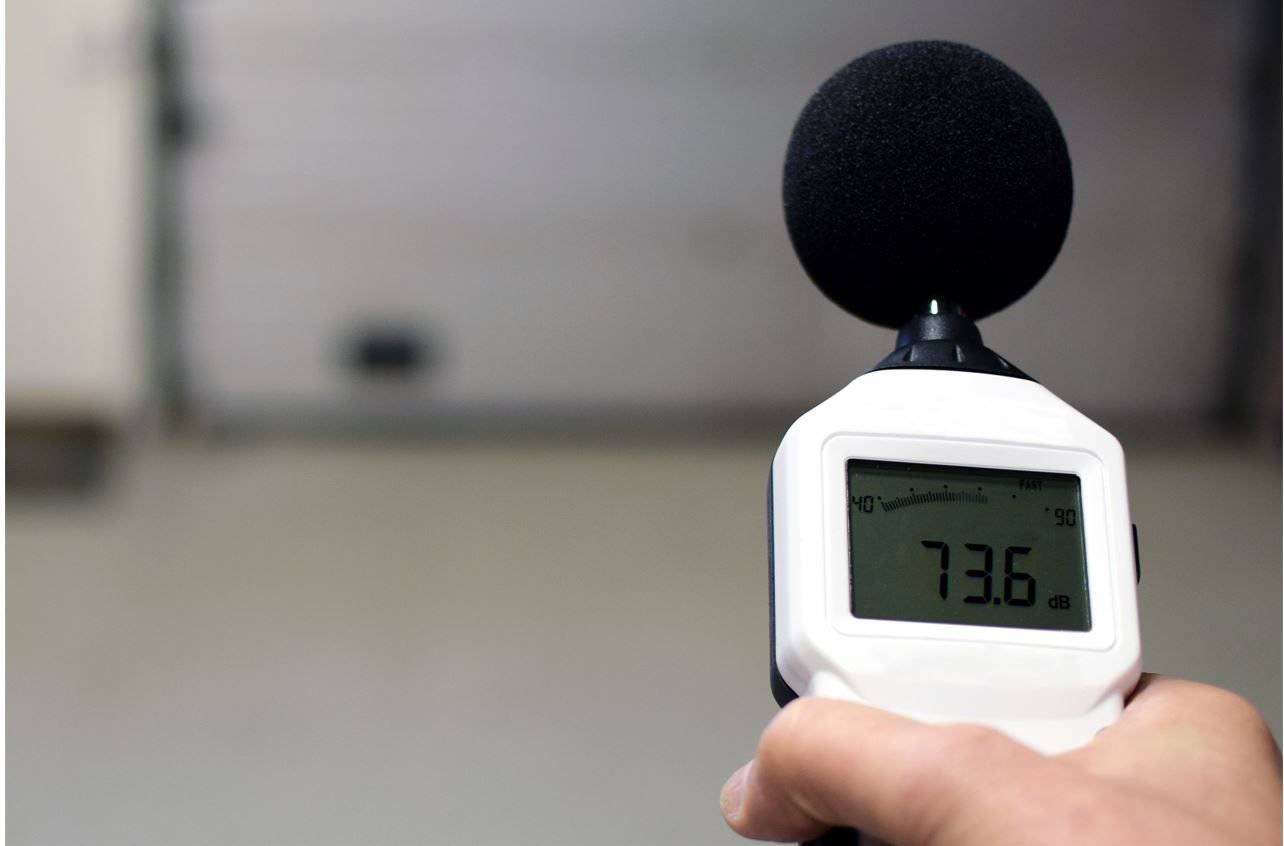- Clinical Technology
- Adult Immunization
- Hepatology
- Pediatric Immunization
- Screening
- Psychiatry
- Allergy
- Women's Health
- Cardiology
- Pediatrics
- Dermatology
- Endocrinology
- Pain Management
- Gastroenterology
- Infectious Disease
- Obesity Medicine
- Rheumatology
- Nephrology
- Neurology
- Pulmonology
Noise Pollution and MI: New Jersey Study Finds a Significant Association
ACC 2022. Approximately 5% of hospitalizations for acute MI in the state were found attributable to elevated levels of traffic noise.
Study: In NJ, 5% of hospitalizations for MI were attributed to excessive noise. ©JRJfin/adobe stock

A new study attributes 1 in 20 heart attacks in the state of New Jersey to excessive noise from cars, airplanes, or trains, a finding based on analysis of myocardial infarction (MI) rates among close to 16 000 state residents hospitalized for the cardiovascular (CV) event in 2018.
The full results of the study will be presented virtually during the American College of Cardiology’s (ACC) 71st Annual Scientific Session, being held April 2-4, 2022.
“When people talk about pollution, they’re usually talking about particles in the air or water,” said Abel E. Moreyra, MD, professor of medicine in the Division of Cardiology at Rutgers Robert Wood Johnson Medical School and the study’s lead author in an ACC statement. "As cardiologists, we are used to thinking about many traditional risk factors such as smoking, hypertension or diabetes," Moreyra added. "This study and others suggest maybe we should start thinking about air pollution and noise pollution as additional risk factors for cardiovascular disease."
Moreyra and colleagues write that despite the major environmental hazard posed by traffic noise, US data on the association between exposure to this noise pollution and CV disease is “sparse.”
For the study, the research team tapped the MIDAS database, a NJ statewide repository of all CV hospitalizations and identified 15 846 admissions for acute MI in 2018, according to the study abstract. Average daily transportation noise level was calculated in decibels (dB) based on data from the NJ Bureau of Transportation Statistics. Using geospatial coding, as explained in the abstract, each participant’s residential address was converted to latitude and longitude coordinates and associated with noise levels for that location.
The investigators divided MI patients into those who when at home experienced elevated levels of transportation noise and those with low noise exposure, the former defined as a daily average of 65 dB or higher and the latter as an average of <50 dB. A noise level of 65 dB, the statement explains, is similar to a loud conversation or laughter.
Their analysis found that statewide, 5% (95% CI 3.8, 6.0) of hospitalizations for MI could be attributed to elevated noise levels. In areas where residents are exposed to high transportation noise, the rate of MI was 72% higher than in quieter areas. The areas of high noise exposure experienced 3336 heart attacks per 100 000 people compared with 1938 heart attacks per 100 000 people where noise exposure was low (rate ratio 1.72, 95% confidence interval [CI] 1.56, 1.90).
The study is one of the first to probe a link between US noise pollution and heart disease, but the results are consistent with several studies conducted in Europe, according to the ACC. Moreyra noted that urban areas with infrastructure and noise levels similar to those in NJ would likely see similar outcomes.
When considering potential biologic mechanisms underlying the association, Moreyra pointed to the many negative impacts of noise including chronic stress, poor sleep, anxiety, and depression – all of which can affect CV health. Chronic stress in particular is known to drive systemic inflammation and vascular changes associated with CVD.
“Air pollution and noise go hand-in-hand,” said Moreyra in the statement. “The question is: how much of this effect is due to particle pollution, and how much is noise?”
As a next step, Moreyra and his team plan to examine the study data in more detail to learn more about which sources of transportation noise may have the greatest health impact.
Moreyra said that a variety of policy interventions could help to reduce an individual’s exposure to transportation noise at home, even in urban areas. Examples include better enforcement of noise ordinances, infrastructure to block road noise, rules for air traffic, low-noise tires for vehicles and better noise insulation for buildings.
Moreyra will present the study, “The Impact of Exposure to Transportation Noise on the Rates of Myocardial Infarction in New Jersey,” virtually on Saturday, April 2, at 8:30 a.m. ET.
